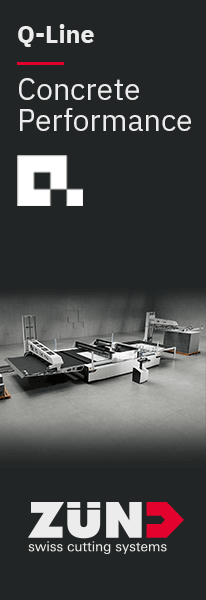At the time of writing, China is still trying to contain the Coronavirus outbreak which has now been declared a Global Health Emergency by the World Health Organization. It remains to be seen how this will affect China and global GDP over the course of 2020.
Jean-Luc Petithuguenin (Paprec of France), President of Bureau of International Recycling’s Paper Division explains, “Other than the disruption of Coronavirus, nothing much has changed in Europe when it comes to paper and cardboard. Last year’s final quarter merely confirmed 2019 trends – difficulties in selling and tough prices.”
In December, collections were satisfactory but paper mills stopped buying, more or less, from the middle of the month onwards and exports to Asia were much reduced. As a result, there was an increase in stocks among recycling facilities.
Nothing much has changed in the first two months of 2020. The industry is still facing a surplus across the market, with high stocks throughout Europe and very few outlets. And there is still heavy pressure on prices. The situation remains tricky for the lower grades although conditions should ease for OCC. Lower collection volumes in January and February benefitted the stock situation. The first Chinese import quota has been announced at 2.8 million tonnes. China is back in the market and is buying from the USA at higher prices, thus impacting European prices for South East Asia. Beyond OCC, conditions are really tough and not all material will find an outlet.
The deinking market is of concern owing to the lack of outlets, especially for 1.10 and 1.11. The high stockpiles everywhere are unlikely to diminish any time soon as there is no export business for such grades. All European participants are facing the same issue, and in France everyone is wondering what will happen with UPM’s Chapelle-d’Arblay facility.
Facing such tough market conditions, we must focus more than ever before on producing high-quality materials that meet our clients’ expectations and standards. Otherwise, paper from municipalities will be impossible to sell.
“Globally speaking, these are very difficult times. Prices plummeted in 2019 and the downtrend has continued into 2020,” says Petithuguenin. “Not all stocks will find outlets and some deinking qualities might just be stockpiled. As said before, the only certainty is that we must focus on quality – it was the same during the previous crisis and it is still more necessary than ever for us to produce a high-quality product.”
So what’s next in 2020? Petithuguenin concludes, “It’s hard to say. In Europe, such low prices might lead to reduced tonnages becoming available as there would no longer be an incentive to sort. Some packaging might shift from plastic to cardboard, improving demand that will also be boosted by two new paper mills projected for the second quarter, while South East Asia will continue to provide reasonable demand. The main issue remains deinking but collection will necessarily decrease, thus leading to some equilibrium. To get through this storm, we must adapt to the needs of buyers and make sure every delivery is paid for.”
The latest take on the troubled markets of 2019 and early 2020 by Ranjit Baxi of J&H Sales International Ltd (GBR) confirms that 2019 started with a positive outlook for growth, but this slowed owing to the uncertainty surrounding the US/China trade war that plagued trading throughout the year. Continued US/China trade uncertainty is also projected to dampen China’s GDP growth for 2020 to around 5.5%. Additional fiscal measures and monetary easing, in addition to structural reforms over the course of 2020, will be enforced to try and stimulate domestic demand.
The increasing US/China tariffs on trade continue to reduce the volume of containers in and out of China, which in turn is reflected in rising sea freight rates. Furthermore, freight rates increased from December to take account of the IMO2020 low sulphur surcharge – the new fuel regulation which came into effect from January 1 this year.
Fibre exports during last year’s fourth quarter were governed by the staged release of Chinese import licences which added up to around 11 million tons for the year as compared to some 18 million tons for 2018. As exporters looked to other markets for support, they were faced with equally tougher regulations imposed during the quarter.
Indonesia closed its doors to fibre imports for a few weeks in November and December before reopening export inspections on December 17 for a period of six months, by which time its government intends to have implemented new import controls on fibre quality as well as a ban on the importation of mixed paper.
Indian customs officials have embarked on similar import controls by examining all mixed paper containers arriving at the port of Mundra. If imported fibre is found on inspection to be of poor or co-mingled quality containing municipal solid waste etc., then the containers will be re-exported to the port of origin. The inspection process is slowly resulting in congestion at the port of Mundra (close to 700 containers are understood to be awaiting clearance).
All in all, the final quarter of 2019 was a difficult and challenging one for exporters who were not only grappling with falling prices and increasing freight rates but also trading in fear of the sudden imposition of unilateral regulations affecting cargo already shipped.
“Exporters are looking forward to a new direction from the market now the Chinese New Year has concluded, especially following the announcement that exports of recycled fibres and other scrap grades will not be allowed into China as of January 1 2021,” concludes Baxi. Markets are projecting total fibre imports into China for 2020 to be in the region of 5 to 7 million tons.



